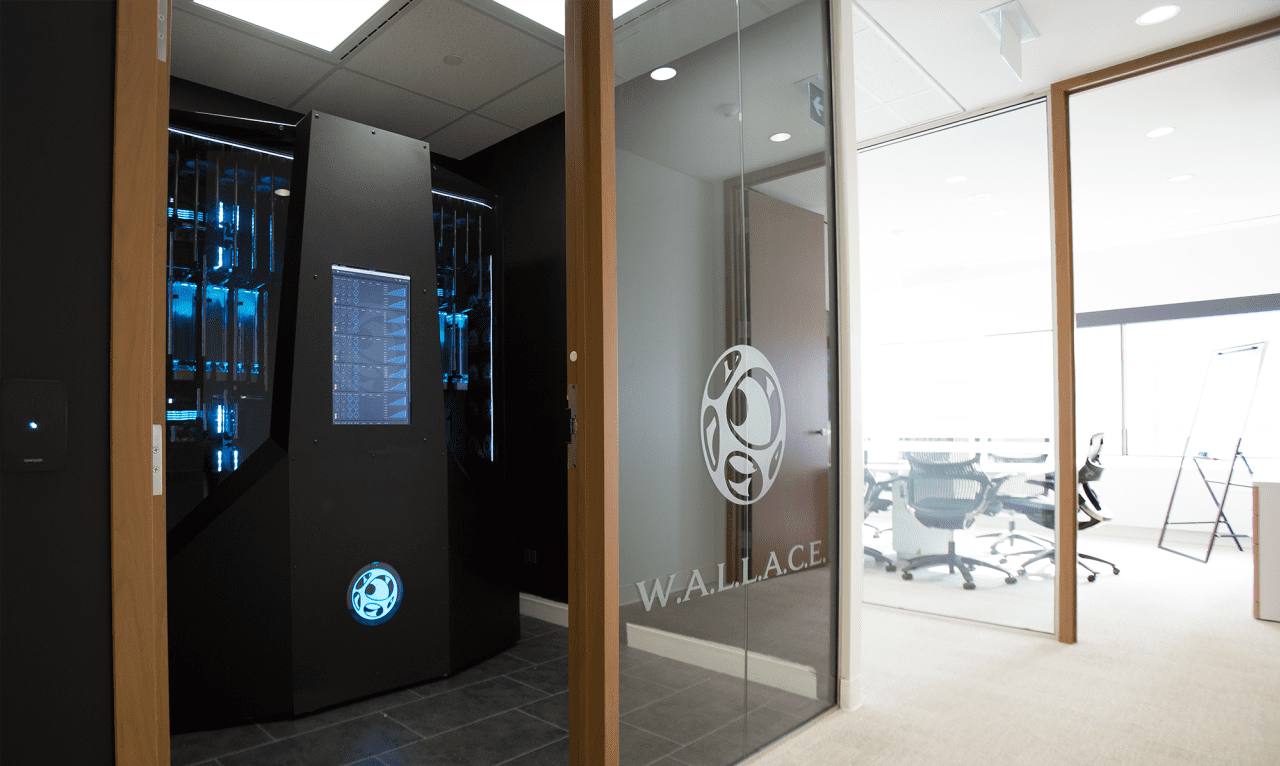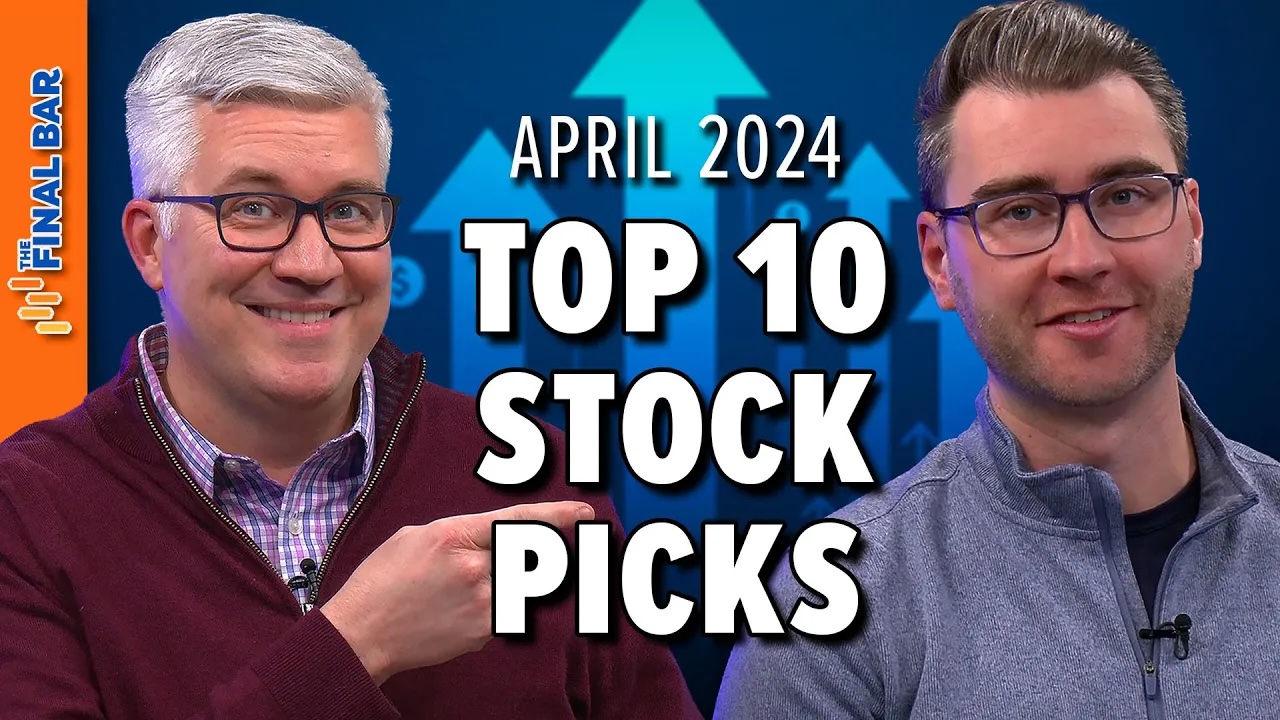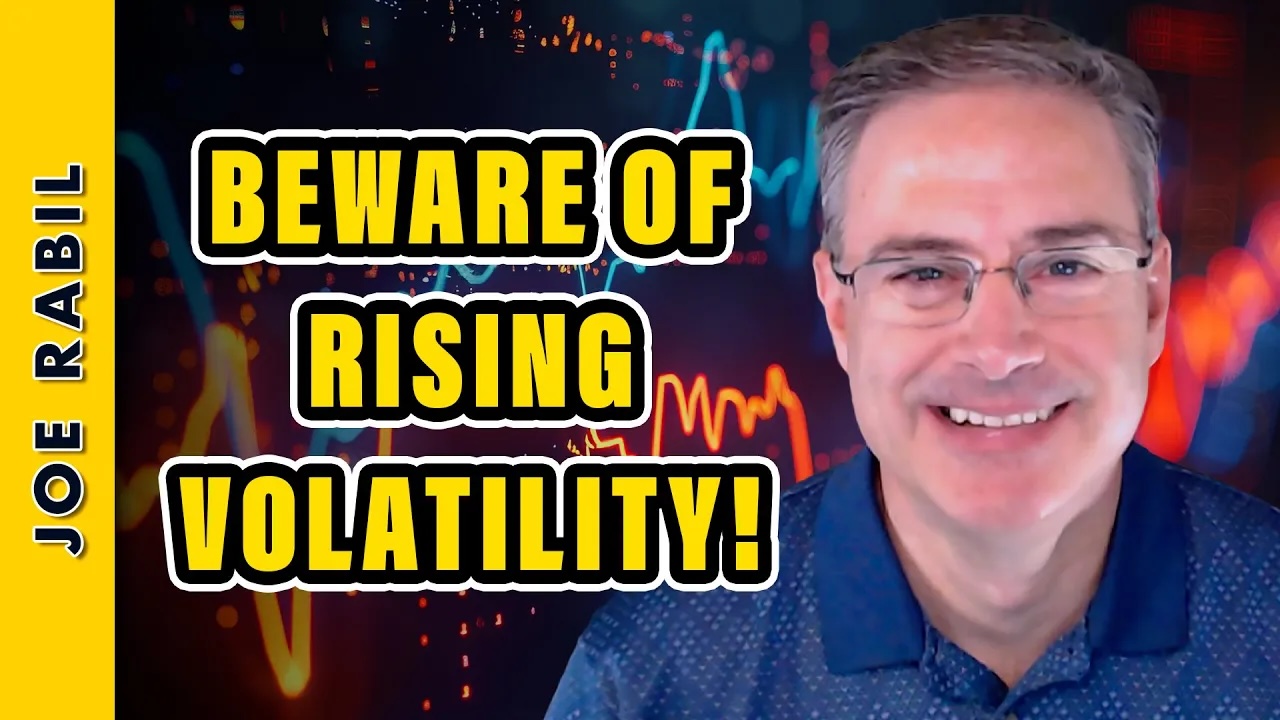Can AI and supercomputers beat the market? This hedge fund is trying to find out.

In a downtown Toronto skyscraper, a block from the Hockey Hall of Fame, a small hedge fund is hoping to gain an upper hand in the financial markets. Castle Ridge Asset Management is investing in Wallace, a special-purpose supercomputer that powers the hedge fund’s trading strategies based on artificial intelligence.
For years, hedge fund players have wondered whether AI could help them beat the markets, but the AI trading efforts they have launched have often disappointed and been little more than marketing ploys to attract clients’ money. However, the launch of ChatGPT in November 2022 has reinvigorated this new breed of AI-powered hedge fund players.
Founded in 2015 by current CEO Adrian de Valois Franklin, Castle Ridge is a relatively small player in the hedge fund world, managing about $190 million in assets and operating in a city not known for producing markets. Overwhelms hedge funds. Nonetheless, Valois-Franklin believes the investment fund’s approach of using AI to predict movements in financial markets could play a significant role in the multi-trillion dollar hedge fund industry.
Valois-Franklin, a former investment banker with little prior quantitative trading experience, argued that Wallace’s main selling point over competing AI-based hedge funds is its ability to continuously improve its models using an evolutionary process that he likens to selective breeding. .
In an interview with MarketWatch, Valois-Franklin described Wallace as a multi-manager hedge fund whose virtual portfolio managers are “constantly fighting each other to find the best fit for this environment.” But the hedge fund director points out that, unlike human portfolio managers, Wallace doesn’t need sleep or a pep talk.
Simply put, Wallace’s evolutionary process sees the machine generating thousands of different weighted virtual investment portfolios every day, which are tested and ranked according to their suitability for current market conditions, Valois-Franklin said. In a repeating eight-hour cycle, Wallace selects the best-performing portfolio and prioritizes “breeding.”
“Every day, Wallace will create thousands of copies, each becoming a virtual portfolio manager with different characteristics. We shift certain weights and patterns up or down, on or off, and decide whether each portfolio manager is better or worse suited to the market environment we find ourselves in today… the better, the more likely it is to proliferate.” Valois-Franklin said.
‘Like a flock of birds’
Castle Ridge has had some success generating a return on its investment. Since Wallace was founded in 2017, the investment fund has generated net annual returns of 12.4%, compared with the S&P 500’s 12.1% return for SPX over the same period, according to documents seen by MarketWatch. This puts it up against well-resourced quantitative hedge funds like Two Sigma and DE Shaw, which are working to make inroads into machine learning and AI.
Alex Bogdan, Castle Ridge’s chief scientific officer, argued in an interview with MarketWatch that Wallace’s evolutionary approach allows for a deeper level of understanding compared to the neural networks used in systems like ChatGPT, which are modeled after the human brain.
In Bogdan’s view, this evolutionary process represents the future of AI, allowing machines to move beyond mere imitation. Bogdan explained that neural networks, most notably in the form of large-scale language models (LLMs) like OpenAI’s ChatGPT, simply “imitate the responses that humans make to the same input.”
In contrast, Wallace’s “genetic algorithm” combines the individual knowledge it possesses and “gets smarter and smarter” based on its understanding. “GPT is a clever algorithm,” Bogdan said. “We have enough to imitate. “We need understanding, not cleverness.”
Early research on AI first began in the mid-20th century, building on advances in computer science during World War II. In an experiment in 1961, British scientist Donald Michie successfully developed a machine made from matchboxes that could solve the ‘triangle’ game and compete against humans.
Michie’s machine, called the Matchbox Educable Naught and Crosses Engine (or MENACE for short), used matchboxes to represent all 304 states of play in the game of tic-tac-toe, with each little box containing a marble to indicate relative advantage. each location.
The matchbox machine performs actions based on the number of marbles in each box. In this system, you are rewarded with marbles for each win, and punished by removing marbles for each loss. A simple pen and paper game. The system Wallace uses is based on a subfield of AI called “evolutionary computing,” which seeks to solve complex problems using continuously adapting algorithms.
Like Michie’s machine, Wallace selects the most successful scenarios and plans them to reinforce these winning strategies. But unlike Michie’s matchbox engine, Wallace operates in the complex world of financial markets where variables are always changing.
Castle Ridge’s success is based on its AI machines’ ability to adapt to changing market conditions. This means that unlike Michie’s matchbox machine, which quickly solved the game it was designed to play, Wallace must constantly adjust his strategy.
“The system does not try to determine what will happen in the market. We are trying to predict how players in the market will react to the news. From that perspective, the system cares less about the fundamentals of the cards dealt in this poker game and more about what the other players at the table say,” Valois-Franklin said.
As a byproduct of this strategy, Castle Ridge says, it has successfully predicted a series of market events ahead of official announcements based on signals from data analyzed by Wallace.
Valois Franklin explains that Wallace views the market “like a flock of birds, constantly shifting and changing” to catch signs of early movements driven by insider knowledge.
““The system does not try to determine what will happen in the market. We are trying to predict how players in the market react to news in real time.”
These predictions include Wallace’s bet on Gilead Sciences GILD.
Before the company pursued its acquisition of New Jersey biotech Immunomedics in September 2020, the cancer treatment company’s stock price soared more than 100% after the deal was made public.
“As soon as individual securities start to break away from the pack, it’s telling Wallace, ‘Focus on this. It’s one signal that says, ‘Why does this security behave more independently compared to its peers?’ And often independence of action indicates knowledge imprinted on security. “When people don’t really know anything, they tend to act in lockstep with others.”
Now the hedge fund’s employees spend their time trying to “break” Wallace’s system by inputting “unknown unknowns” and feeding the AI new data. In one case, the team provided Wallace satellite imagery of Walmart WMT.
Determine whether the information can help machines predict consumer behavior.
In Valois-Franklin’s view, this kind of work will soon occupy most of the working days of those working at the world’s best hedge funds. “It will displace some types of jobs, but it will expand capacity in certain areas. We’re not sitting around reading research reports, we’re doing other things that help make the system more productive.”




